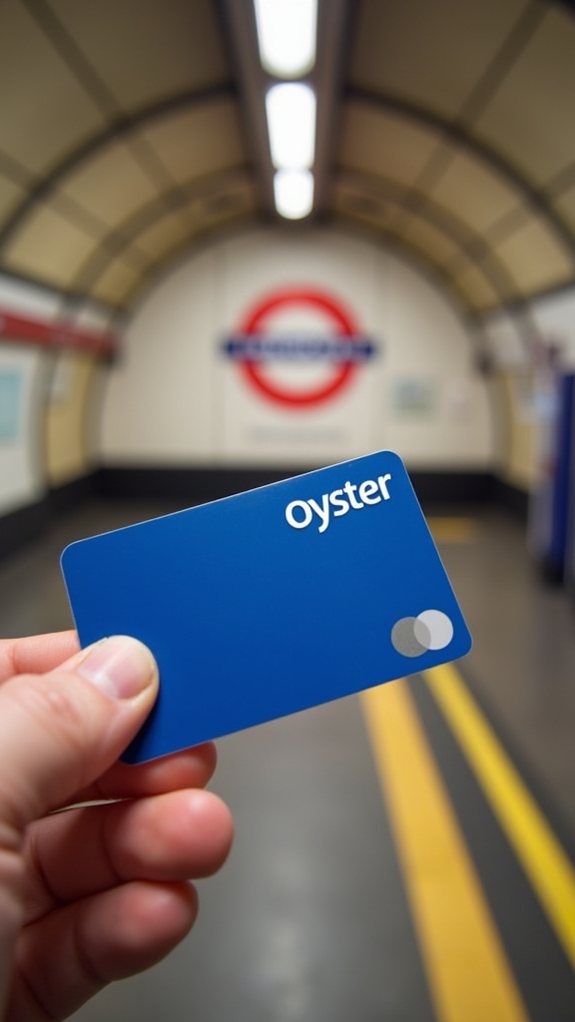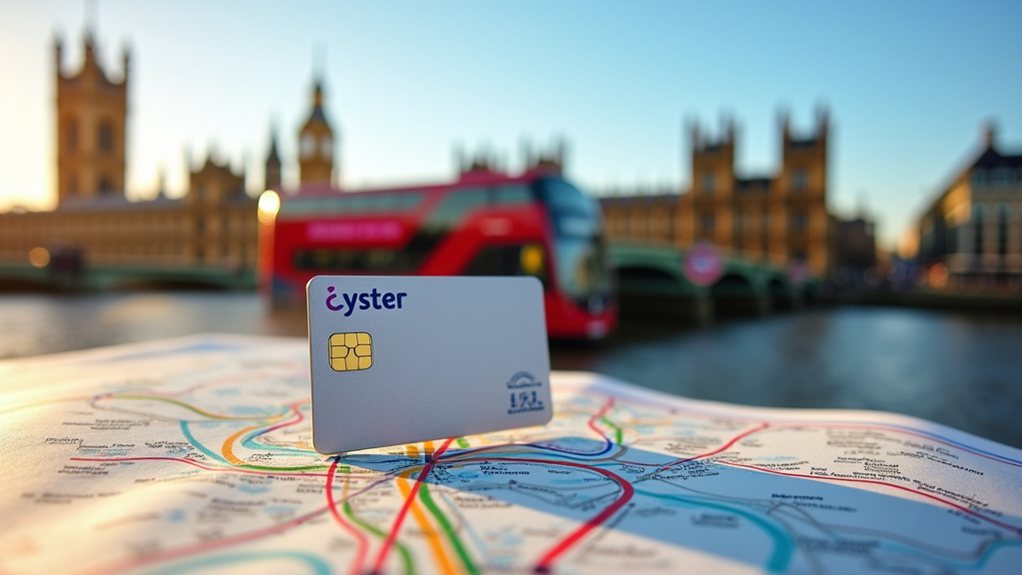London’s extensive public transit system, spanning six concentric zones, actually began in 1863 with the world’s initial underground railway. Today, Rick Steves, America’s favorite European travel expert, recommends skipping paper tickets entirely and opting for the blue Oyster card or contactless payment, which automatically calculates the cheapest fare for your day’s travels. The Tube might be iconic, but savvy travelers shouldn’t overlook London’s double-decker buses, which offer front-row seats to the city’s architecture without the underground’s crowd crush.
Navigating London’s Zone-Based Public Transport System

Five distinct travel networks combine to create London’s renowned transport system, a sprawling web of underground tunnels, overground railways, and bustling bus routes that carries millions of commuters daily. At the heart of this extensive network sits Transport for London (TfL), the organization that seamlessly integrates the world’s oldest metro system—dating back to 1863—with modern conveniences like contactless payment options and real-time mobile updates.
Rick’s top recommendation for travelers is embracing the zone system that divides London into nine concentric circles, with Zone 1 encompassing the tourist-heavy center. “Understanding these zones is the key to both maneuvering and budgeting your London adventure,” he often tells his tour groups.
The pricing structure varies based on distance traveled and time of day, with peak hours (weekdays 6:30-9:30am and 4:00-7:00pm) commanding premium fares.
The most cost-effective way to pay for transit is using contactless payment cards or the iconic blue Oyster card, which automatically calculates the cheapest fare for your daily trips. Steves considers London’s transportation network among Europe’s best, comparing it favorably to other capital cities for its comprehensive coverage and efficiency. The convenience extends to the Hopper fare for buses, allowing unlimited transfers within an hour for just £1.75, regardless of which zone you’re exploring. Most visitors find they can see the majority of major attractions in Zone 1 without needing to venture farther out.
For tech-savvy travelers, apps like Citymapper and the official TfL app provide real-time updates and step-by-step directions, even suggesting alternative routes during delays or closures. These digital guides prove invaluable when traversing the 270+ Tube stations or coordinating transfers to the Overground’s extensive network covering 71% of London’s boroughs. Unlike American elevators, European lifts often feature floor numbering differences where the ground floor is labeled “0” rather than “1,” which can initially confuse tourists.
Don’t overlook London’s unique transit options, including the driverless Docklands Light Railway offering stellar views of Canary Wharf, or the River Bus services that provide a scenic Thames perspective of landmarks like Tower Bridge and the Houses of Parliament. For journeys combining sightseeing with transportation, consider riding on the upper deck of buses for an excellent view of the city’s iconic architecture and bustling streets.
For those seeking both transportation and sightseeing, these alternatives offer the freedom to experience London’s majesty without the underground crowds, transforming necessary travel into memorable experiences.







